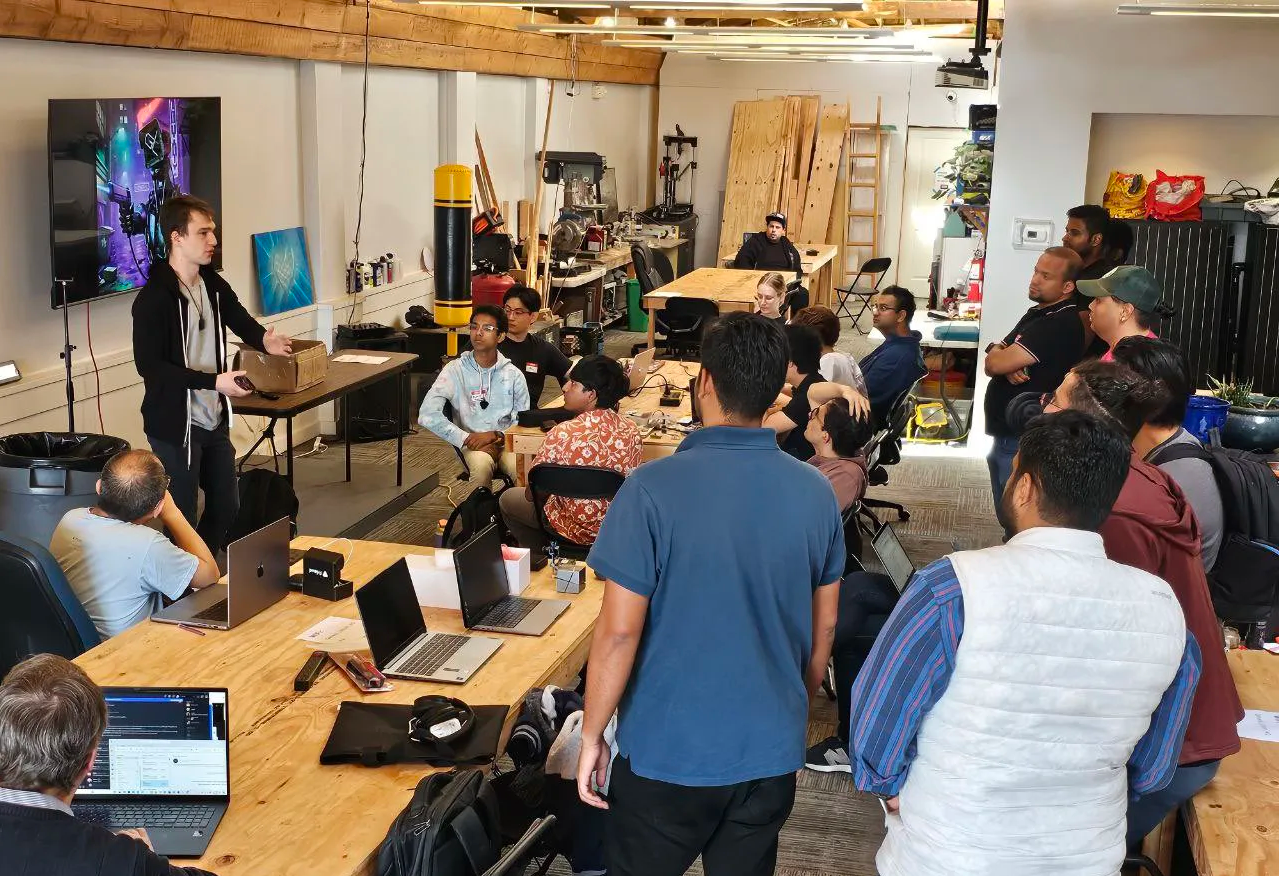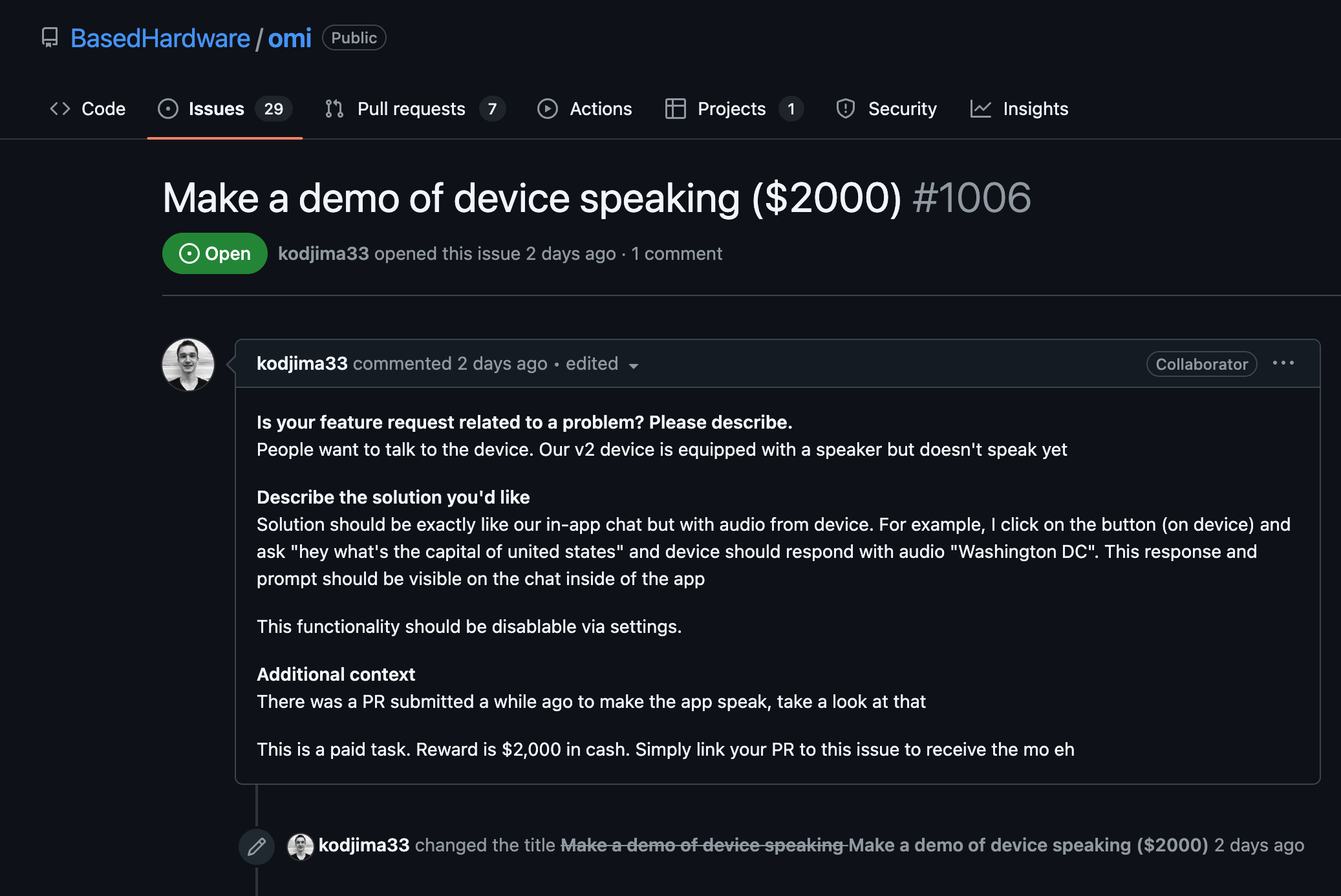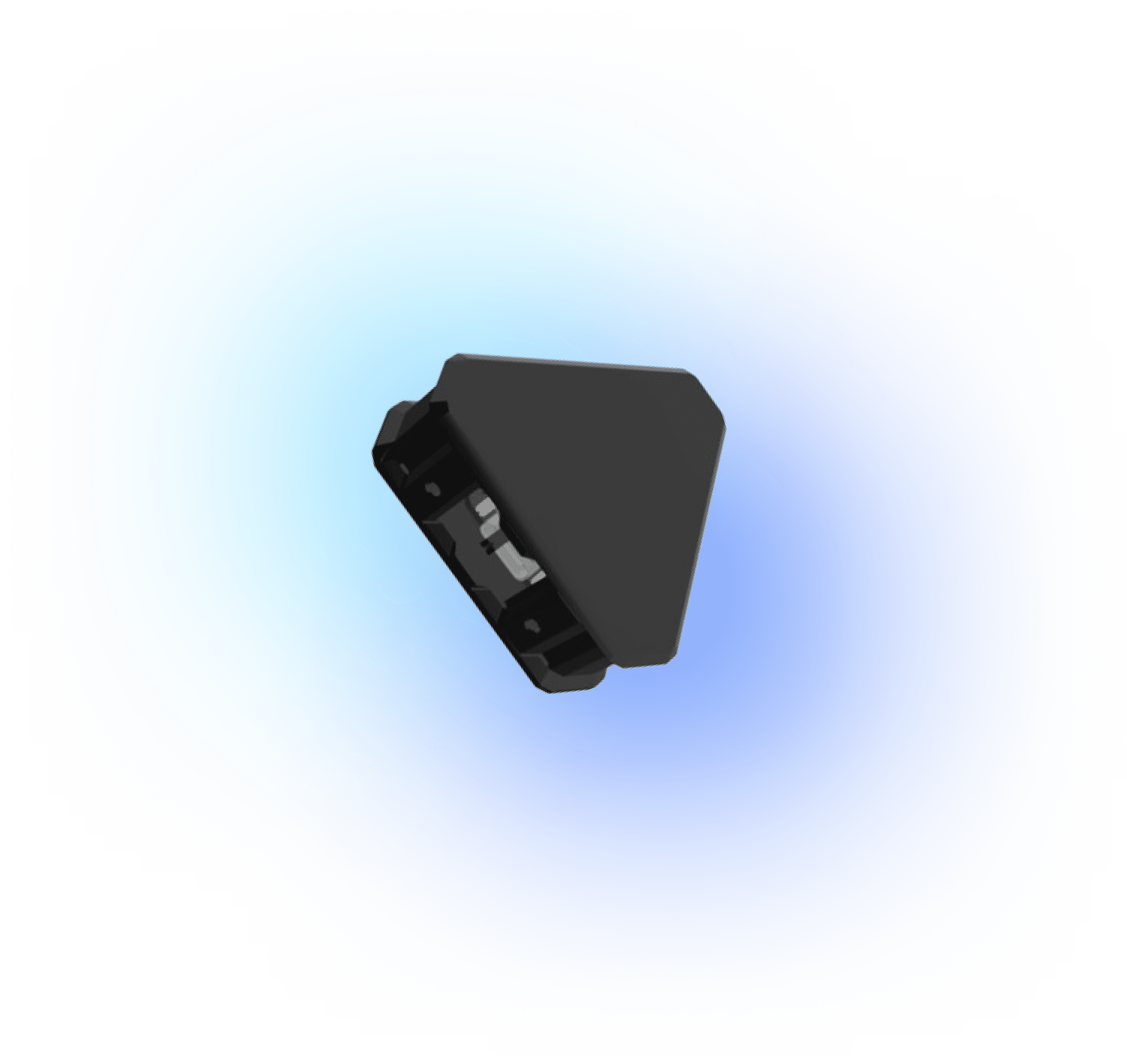Identify the Requirements and Specifications
- Determine the functions and tasks your embedded system must perform. This could include data acquisition, signal processing, communication interfaces, etc.
- Identify hardware components that the FPGA will interface with, such as sensors, actuators, and communication modules.
- Decide on the performance benchmarks and resource constraints, such as processing speed and power consumption.
Select an Appropriate FPGA Platform
- Evaluate different FPGA platforms based on size, power requirements, cost, and available resources (logic cells, RAM, etc.). Popular vendors include Xilinx, Intel (Altera), and Lattice Semiconductor.
- Consider development boards if you need to rapidly prototype your system before custom hardware development.
- Make sure the selected platform has adequate tool support for your design requirements, including software for simulation, synthesis, and layout.
Develop the System Architecture
- Design a block diagram outlining the interaction between different components, including external interfaces and communication protocols.
- Decide which parts of the system will be implemented on the FPGA and which will be managed by a microcontroller or processor if part of a hybrid system.
- Allocate resources and define the clock domains that will govern each module to ensure seamless data flow.
Create the FPGA Design in HDL
- Write modules in Verilog or VHDL for each functional block outlined in your system architecture. Ensure each module is properly parameterized for flexible reuse.
- Use IP cores for common components, such as I2C controllers, UART, or DSP blocks, to speed up development. Most FPGA vendors offer a library of ready-to-use IP cores.
- Test individual modules using simulation tools to verify functionality. Tools like ModelSim and Vivado Simulator are commonly used for this purpose.
Integrate and Simulate the Full System
- Combine all your modules into a top-level design that represents the full system. Ensure proper signal alignment and data paths across different modules.
- Create testbenches to simulate the entire system operation with various scenarios to uncover potential design flaws and timing issues.
- Monitor internal signals and states during simulation to validate system behavior. Use assertions to check for expected conditions and outputs.
Optimize and Synthesize Your Design
- Review synthesis reports for inefficient resource use or potential bottlenecks. Extract insights and rework your HDL code to improve performance.
- Deploy optimization techniques, like pipelining and parallel processing, based on your system's latency and throughput requirements.
- Run place-and-route software to verify that the design fits within the physical constraints of your selected FPGA and meets timing closure.
Implement and Test on Hardware
- Program the FPGA with the synthesized bitstream file using vendor-specific tools. Verify the successful programming of the device.
- Perform functional tests with actual hardware, assessing interface behaviors and system outputs against your specifications.
- Debug using on-chip debugging tools, if necessary, to trace operational issues that were not apparent in simulations.
Iterate Based on Testing Feedback
- Analyze test results and perform necessary modifications to the HDL design or system parameters to address any identified issues.
- Re-simulate and re-synthesize as required to integrate changes until the design meets all functional and performance requirements.
- Keep refining based on feedback, tests, and real-world usage to ensure a robust and reliable embedded system.
Document and Prepare for Deployment
- Create comprehensive documentation covering system architecture, design decisions, and usage instructions to facilitate maintenance and further development.
- Prepare production files, including Gerber files for custom PCBs and BOMs, if moving from prototypes to production.
- Ensure data backup and version control are properly maintained throughout the development and production phases.























